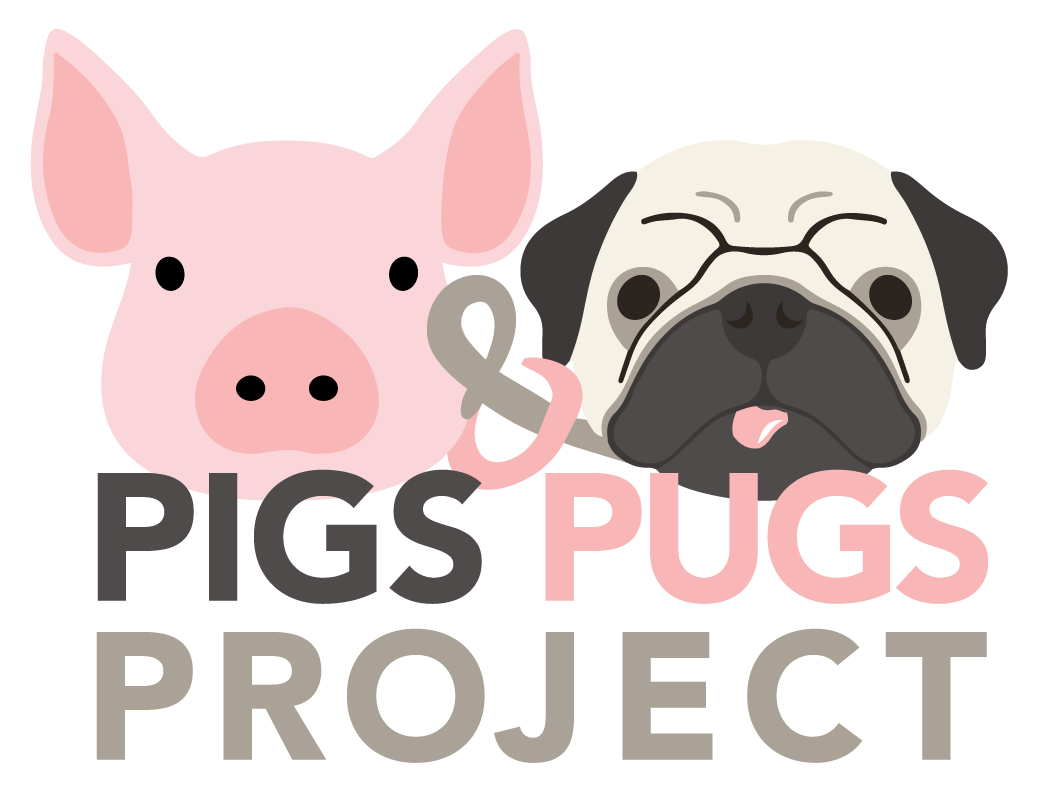
Recently I facilitated a Pet Loss Support Group at a veterinary clinic and wanted to share some of the material with you. Although I agreed to host it months ago, I felt nervous as the date approached.
Would I do a good job? Would I hold it together considering I’m still mourning the loss of Louis four years later? Would the participants get what they needed? Would my veterinary social work training be enough material?
Arriving 20 minutes early, I settled into the room to review my notes, take deep breaths, and set a clock within view to monitor the group’s pace.
Once the participants arrived, I welcomed them, shared the agenda, set group guidelines, and gave a brief introduction into the challenge of pet loss. Namely, it’s often labeled “disenfranchised grief” as it’s minimized/not openly acknowledged by society, not publicly mourned or socially supported, and there’s no recognized way of grieving.
Also, I highlighted that the loss of a pet is so intense because they’re part of our socialization: daily schedules, cognitive stimulation, exercise, physical security, sense of purpose, identity, serve as reminders of previous relationships/identities, and come with no baggage (you know, we’re not still holding on to what they said when we were six).
Then participants introduced themselves and shared their stories. Afterwards we honed in on a few themes that tend to arise with pet loss–guilt, feeling irritable, upset at those close to them who don’t get it or grieve differently, feeling tired, unable to focus at work, to get a new pet or not.
Next, I shared an assortment of coping strategies to help keep their continuing bond (find a way to stay connected): Write a letter. Tell a story. Write favorite memories. Create a scrapbook or online photo album. Display their favorite toys, collars, or clips of hair or braided tails. Create a memory box or memory garden (tree or flowers). Donate some of pet’s items or $ to a shelter in pet’s memory. Hold a memorial service. Clay print their paws. And more!
To close, I went through William Warden’s Four Tasks of Mourning:
1. Accept the reality of the loss
2. Experience the pain of grief
3. Adjust to an environment in which the pet is missing
4. Keep a connection with the pet while also moving forward
Here’s another thoughtful piece on Warden’s work as it relates to pets.
Whew, heavy stuff. After our goodbyes, I walked home with a full heart and gratitude. Grateful for hearing their stories. Grateful for the love our furry beings give us and allow us to offer. Grateful that they found the experience helpful. Grateful for the opportunity to facilitate this work. And grateful for my three rescue pugs (and one rescue kitty) who give me so much.
If you or someone you know is dealing with the loss of a pet, here are some additional resources:
redrover.org/resource/pet-loss-resources/
rainbowsbridge.com/Grief_Support_Center/Grief_Support_Home.htm
lapoflove.com/community/Pet-Loss-Support
resources.bestfriends.org/article/pet-loss-and-grief-resources
pet-loss.net/https://www.k9web.com/dog-faqs/pet-loss/
resources on behavioral issues, when to say goodbye, and more
What an honor it is to love and be loved by these beautiful beings. And how painful it is when they leave us, often much too soon. Sending love to you and your furry friend. Bisous. x




